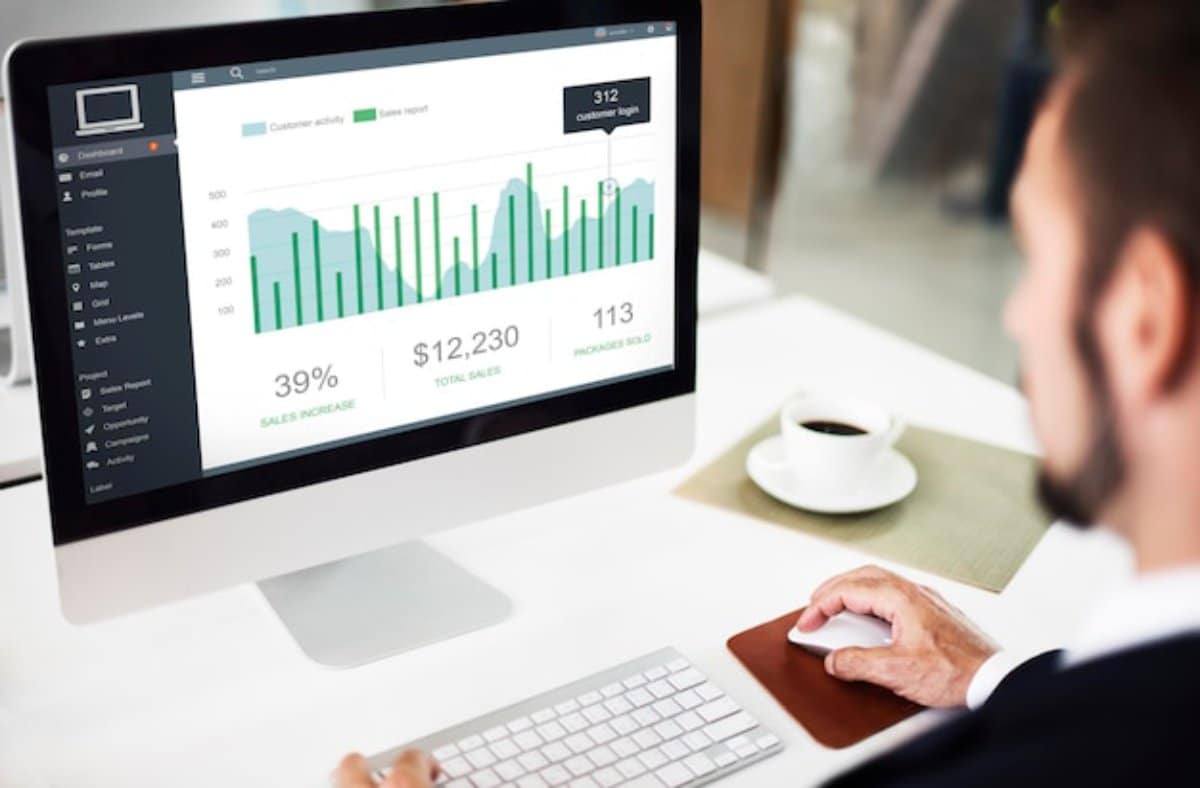
How to Analyse Payment Data to Improve Conversion Rates
Why Payment Data Analysis Matters for Conversion Optimisation
Picture this: you’ve invested time, creativity, and money into attracting customers to your website. They browse, select products, and head to checkout. But then? They abandon their cart. Frustrating, isn’t it? This is where payment data analysis becomes your secret weapon.
Understanding and optimising the final stage of the sales funnel — the payment process — can make the difference between lost sales and revenue growth. By delving into payment metrics, you can uncover friction points, streamline transactions, and boost conversion rates, leading to meaningful sales improvement.
This guide walks you through a practical, expert-backed process for analysing payment data to enhance your conversions. Whether you’re an e-commerce business, a subscription service, or a digital product seller, these insights can help you turn payment pitfalls into profits.
Understanding the Core: What Is Payment Data Analysis?
Payment data analysis is the practice of reviewing transaction data to identify patterns, bottlenecks, and opportunities for enhancing your payment process. It goes beyond simple reporting; it involves digging into customer behaviour during the payment stage and identifying barriers that might stop them from completing their purchase.
Why does this matter?
According to a study by Baymard Institute, nearly 70% of online shopping carts are abandoned, with a significant portion occurring at the payment stage. High fees, payment method limitations, and trust issues can all contribute.
By analysing your payment data, you gain insights into:
- Transaction success and failure rates
- Abandoned payment attempts
- Preferred payment methods
- Geographical payment trends
- Chargeback and refund patterns
Armed with these insights, you can fine-tune your payment process for conversion optimisation and sales improvement.
Secret Tip: Start by tracking payment failures by device type. You might discover that mobile users face different issues from desktop users.
Quick Guide: How to Analyse Payment Data for Conversion Optimisation
- Identify key payment metrics (e.g., success rates, failures, abandoned payments)
- Collect and segment data by customer demographics and behaviour
- Analyse trends across payment methods and regions
- Pinpoint friction points (e.g., high fees, declined transactions)
- Optimise checkout flows and payment options
- Test and refine strategies regularly
- Monitor chargebacks and refunds to adjust risk controls
Step-by-Step Guide: How to Practice Payment Data Analysis
1. Define Your Metrics
Start by identifying which payment metrics matter most for your business.
Focus on:
- Success Rate: The percentage of successful transactions
- Failure Rate: Percentage of failed or declined transactions
- Abandonment Rate: The proportion of users leaving at the payment stage
- Payment Method Usage: Popularity of various methods (credit cards, e-wallets, etc.)
- Chargebacks/Refunds: Track disputes and refunds as indicators of customer dissatisfaction
Pro Tip: Ensure your analytics tool is configured to track these metrics accurately across platforms (web, mobile, etc.).
2. Segment Your Data
Not all customers behave the same way. Break down your payment data by:
- Device Type (desktop, mobile, tablet)
- Geographical Location
- Payment Method
- Customer Type (new vs. returning)
This segmentation helps you understand specific behaviours and uncover hidden patterns.
Important: Segmented data reveals nuances that overall averages can hide. Don’t overlook it!
3. Identify Friction Points
Look for patterns in:
- Declined Payments: Are certain cards or banks causing issues?
- Abandoned Carts at Payment: Is the checkout process too long or complex?
- Payment Method Gaps: Are preferred local methods missing?
Tools like Google Analytics, Stripe, or PayPal provide detailed insights here.
Secret Tip: Review error codes from failed transactions — they often point directly to the problem (e.g., insufficient funds, invalid card, etc.).
4. Optimise Your Payment Flow
Once you identify friction points, take action:
- Simplify the checkout process: Reduce the number of steps
- Offer multiple payment options: Include local and alternative methods
- Display trust signals: Use security badges and clear refund policies
- Provide real-time payment support: Offer chat or helpdesk for payment queries

5. Test, Measure, and Iterate
Conversion optimisation is not a one-time task. Use A/B testing to trial new checkout designs or payment options.
- Change one variable at a time (e.g., add a new payment method)
- Measure the impact on conversion rates
- Iterate based on the results
Pro Tip: Regular testing ensures your payment process evolves with customer expectations and technological shifts.
Best Practices & Additional Insights
Offer Localised Payment Options
Different regions prefer different payment methods.
For instance:
- Europe: Bank transfers, debit cards
- Asia: E-wallets like Alipay or WeChat Pay
- USA: Credit cards, PayPal
Important: Match your payment offerings to your customers’ preferences — it can significantly improve your conversion rates.
Monitor Chargebacks and Refund Patterns
High chargeback rates can indicate:
- Trust issues
- Miscommunication on product descriptions
- Fraudulent transactions
By analysing these patterns, you can refine your policies and improve customer satisfaction.
Use Payment Gateway Analytics
Most payment gateways (e.g., Stripe, PayPal) offer in-depth analytics dashboards.
These tools are invaluable for tracking:
- Real-time transaction data
- Failure reasons
- Payment trends over time
Secret Tip: Integrate these dashboards with your broader business analytics for a unified view of customer behaviour.

FAQs
What is the best tool for payment data analysis?
Stripe, PayPal, and Square offer robust analytics dashboards. You can also integrate these with tools like Google Analytics for broader insights.
How often should I review my payment data?
Ideally, review payment data monthly. However, during peak seasons or after making changes, monitor more frequently.
How do payment methods affect conversion rates?
Significantly. Offering preferred payment methods increases trust and convenience, directly impacting conversion optimisation.
What should I do if my payment failure rate is high?
Investigate error codes, check for technical issues, and ensure that you offer a variety of payment methods suited to your target audience.
Conclusion: Boost Your Conversions with Smarter Payment Data Analysis
Your payment process is the final hurdle between a potential sale and a confirmed one. Don’t let hidden issues drag down your conversion rates. By leveraging payment data analysis, you can identify and remove friction points, offering a seamless checkout experience that leads to sales improvement.
Now, it’s your turn. Start small: review your payment failure rates, explore your payment gateway’s analytics, and implement one change this week.
Ready to transform your payment process into a conversion powerhouse?
Dive into your payment data today and watch your sales soar!


